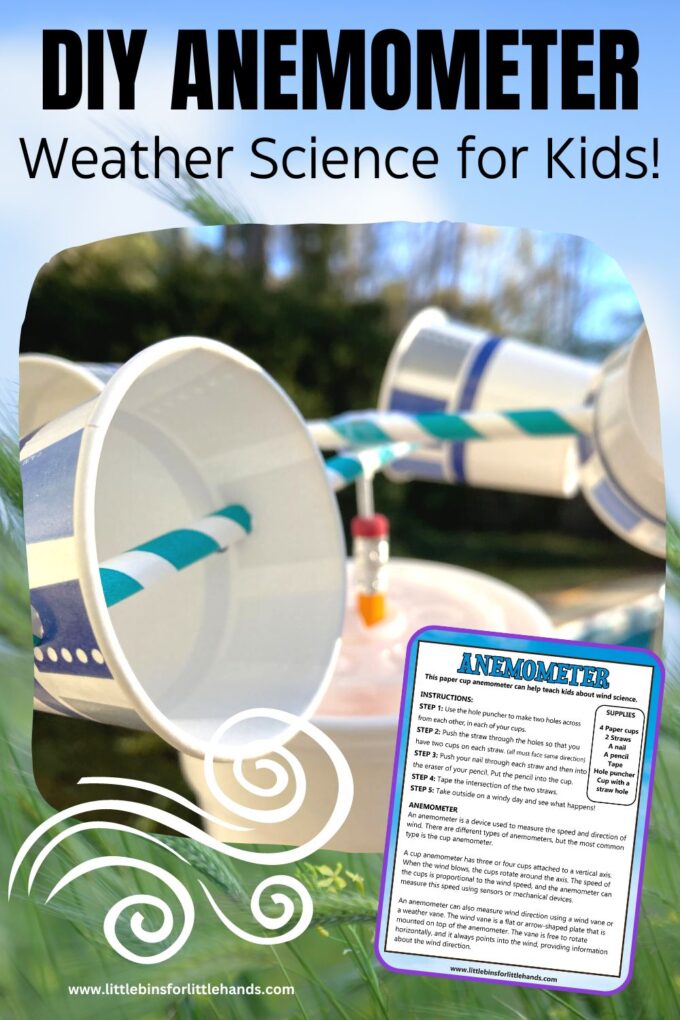The Role of an Anemometer in Improving Safety for Outdoor Activities
All You Need to Know Regarding Anemometers: Exactly How They Function, Why They Issue, and Where to Use Them
Anemometers, however typically ignored in the world of scientific instruments, play a vital function in numerous areas, supplying useful insights into wind speed and airflow patterns. As we dive into the complexities of anemometer modern technology, we will certainly reveal the inner operations of these gadgets, their value, and the vital considerations when picking the right anemometer for specific applications.

Anemometer Basics
An essential tool utilized to gauge wind speed and direction, the anemometer plays a crucial function in weather forecasting and different sectors. An anemometer normally is composed of three or four cups that turn in the wind, a vane that directs right into the wind, and sensors to track the turnings or motions. By determining the rotations or movements over a certain time duration, the anemometer can identify wind rate. The vane helps figure out wind direction by aiming right into the wind, offering beneficial data for weather condition forecasting, aviation, maritime operations, ecological surveillance, and wind energy applications.
There are different kinds of anemometers offered, including cup anemometers, vane anemometers, hot-wire anemometers, and sonic anemometers, each with its one-of-a-kind features and applications. Cup anemometers are commonly used for standard wind rate measurements, while vane anemometers are liked for directional measurements. Hot-wire anemometers appropriate for low airspeeds, and sonic anemometers are suitable for high-precision dimensions in study and industrial settings. Understanding the essentials of anemometers is necessary for accurate wind data collection and analysis across different fields.
Concepts of Anemometer Operation
Building on the foundational understanding of anemometer essentials, the principles of anemometer operation elucidate the mechanics behind wind rate and direction measurements. Anemometers operate the principle of air flow impacting a sensor, causing it to rotate. Cup anemometers, for example, have 3 or more mugs that catch the wind, causing them to rotate faster as the wind speed rises. The rotation rate is then transformed into a wind speed measurement. Vane anemometers, on the other hand, use a tail or a probe that straightens itself with the wind instructions, providing a dimension of wind direction based upon the orientation of the sensing unit. Hot-wire anemometers depend on a heated cable that cools down as wind overlooks it, with the rate of cooling figuring out the wind rate. Ultrasonic anemometers step wind speed and direction by analyzing the time it considers ultrasonic signals to take a trip between transducers. Comprehending these principles is critical for exact and reliable wind dimensions in different applications.
Relevance of Anemometers
Anemometers Check Out Your URL play an important function in determining wind rate and direction, supplying vital information for weather condition projecting, climate research studies, environmental monitoring, and aviation operations. Meteorologists depend on anemometers to gather accurate wind information, aiding them recognize weather condition patterns, anticipate storms, and issue prompt cautions to the public. Wind ranch operators use anemometers to assess wind problems and take full advantage of electrical energy manufacturing from wind turbines.
Applications Throughout Different Industries
In the eco-friendly power market, anemometers play a crucial role in assessing wind conditions for wind ranch positionings, making certain ideal energy production. Industries like building and mining make use of anemometers to check wind rates, critical for safety and security methods, specifically when working at heights or in open-pit mines where strong winds can pose hazards. In farming, anemometers aid farmers in handling plant spraying by offering real-time information on wind speed to avoid drift.

Choosing the Right Anemometer for Your Requirements
Selecting the suitable anemometer customized to your details needs is important for acquiring precise wind speed and direction measurements. When selecting an anemometer, think about elements such as the designated application, needed measurement variety, ecological conditions, and preferred attributes. For general objectives, a mug anemometer appropriates for determining wind rate, while a vane anemometer gives wind direction information. Hot-wire anemometers are ideal for low airspeed measurements, and ultrasonic anemometers provide high precision and Website resilience.

Conclusion
In verdict, anemometers play a vital function in gauging wind rate and direction across numerous markets. Comprehending the principles of anemometer operation is essential for picking the best device for certain needs. From weather forecasting to air travel, anemometers are vital devices for guaranteeing and accumulating accurate information safety in various applications. It is important to take into consideration the importance of anemometers in order to make enlightened decisions when selecting one page of the most suitable gadget for measuring wind conditions.
There are various types of anemometers offered, consisting of mug anemometers, vane anemometers, hot-wire anemometers, and sonic anemometers, each with its one-of-a-kind features and applications. Cup anemometers are typically utilized for standard wind rate dimensions, while vane anemometers are favored for directional dimensions. Hot-wire anemometers are suitable for low airspeeds, and sonic anemometers are perfect for high-precision measurements in research study and commercial settings.Building on the foundational understanding of anemometer fundamentals, the principles of anemometer operation illuminate the technicians behind wind speed and direction dimensions. For basic purposes, a mug anemometer is ideal for gauging wind rate, while a vane anemometer gives wind instructions information.